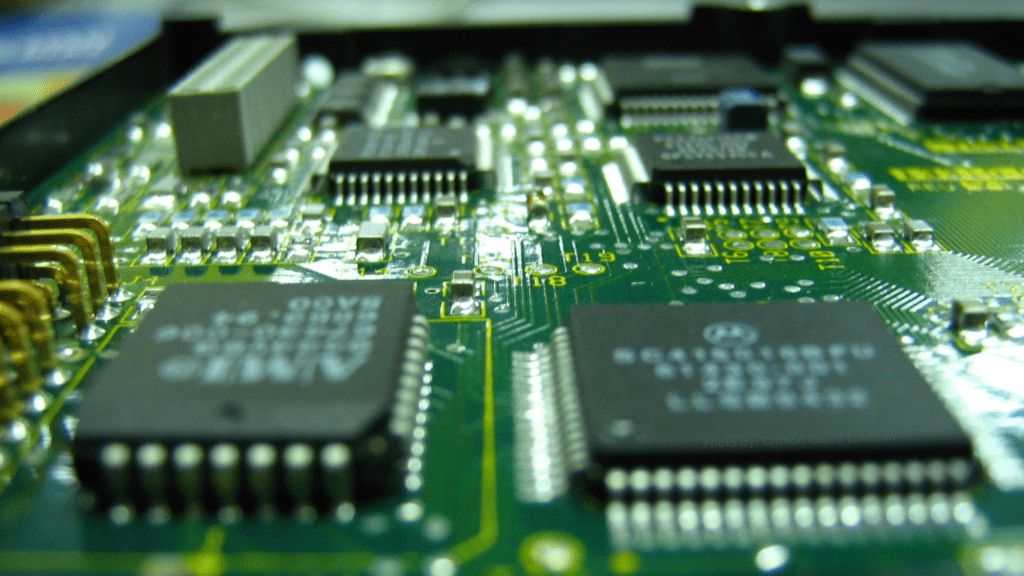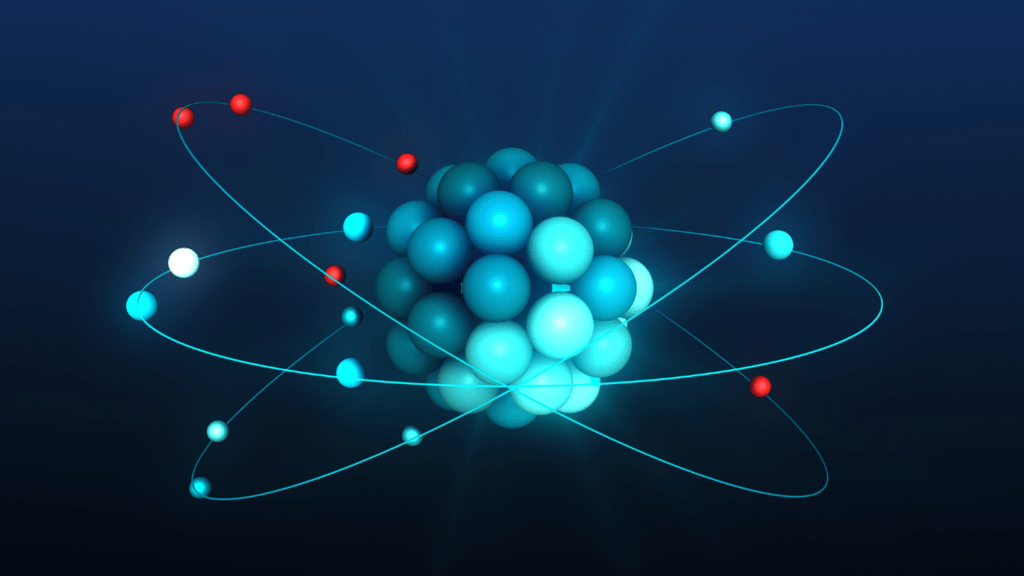Exciting breakthroughs in nanotechnology have revolutionized various industries, offering innovative solutions to complex challenges. As a researcher in the field, I’ve witnessed the incredible potential of nanotech in transforming medicine, electronics, and environmental sustainability. From targeted drug delivery systems to ultra-sensitive sensors, nanotechnology is reshaping the way we approach scientific advancements.
In this article, I’ll delve into the recent advances in nanotechnology and explore its diverse applications across different sectors. With my expertise in the field, I’ll highlight how nanotech is driving progress in areas such as renewable energy, materials science, and biotechnology. Join me on this journey to uncover the cutting-edge developments that are shaping the future through the lens of nanotechnology.
Exploring the Latest Advances in Nanotechnology
I’ll delve into the recent developments in nanotechnology, highlighting remarkable progress in various fields.
New Materials and Nanostructures
I’ve witnessed a surge in the creation of novel materials and nanostructures through nanotechnology applications. These include graphene, carbon nanotubes, and quantum dots, revolutionizing industries like electronics, energy storage, and healthcare.
Significant Breakthroughs in Nanoscale Engineering
I’ve been excited about the remarkable breakthroughs in nanoscale engineering, paving the way for precise manipulation of matter at the atomic and molecular levels. This has led to advancements in nanomedicine, nanoelectronics, and nanophotonics, showcasing the immense potential of nanotechnology in shaping our future.
Nanotechnology in Medicine
Nanotechnology has opened up exciting possibilities in the field of medicine, offering groundbreaking solutions that were once unimaginable. Let’s delve into some key areas where nanotech is making a significant impact in healthcare.
Drug Delivery Systems
In drug delivery, nanotechnology plays a vital role in enhancing treatment efficacy while minimizing side effects. Nanoparticles can encapsulate drugs, allowing for targeted delivery to specific cells or tissues in the body. This precise targeting not only improves the therapeutic outcome but also reduces the potential for harmful effects on healthy cells. For instance, nanoparticles coated with antibodies can recognize and attach to cancer cells, delivering chemotherapy directly to the tumor while sparing healthy surrounding tissues. By getting drugs to the right place at the right time, nanotech is revolutionizing the way we administer medications.
Tissue Engineering and Regeneration
Another area where nanotechnology is driving innovation is in tissue engineering and regeneration. Nanomaterials provide a scaffold for tissue growth and repair, mimicking the natural extracellular matrix of the body. By engineering nanoscale structures, researchers can create environments conducive to cell growth and differentiation, ultimately aiding in tissue regeneration. For instance, nanofibers can be used to promote the growth of new blood vessels, accelerating the healing process in damaged tissues. The precise control offered by nanotechnology enables the design of advanced materials that can support tissue regeneration, offering new hope for patients with injuries or degenerative diseases.
Nanotechnology in Electronics

Nanotechnology has made remarkable strides in enhancing semiconductor performance and developing cutting-edge nanoelectronic devices that are revolutionizing the electronics industry. Let’s delve into the specifics of these advancements.
- Improvements in Semiconductor Performance
I have observed a significant enhancement in semiconductor performance due to nanotechnology. By utilizing nanomaterials, such as carbon nanotubes and nanowires, the efficiency and speed of electronic devices have been greatly improved. These materials offer superior electrical properties, enabling the creation of smaller and more powerful semiconductors. For example, the integration of graphene in transistors has led to faster switching speeds and reduced power consumption in electronic devices. - Innovations in Nanoelectronic Devices
In my experience, nanotechnology has sparked innovations in the development of nanoelectronic devices with unprecedented capabilities. Miniaturization of components at the nanoscale has enabled the creation of high-performance devices with enhanced functionalities. For instance, the utilization of quantum dots in display technologies has improved color accuracy and energy efficiency in electronic screens. Moreover, the advent of nanoscale sensors has revolutionized data collection and processing in various electronic systems. These advancements in semiconductor performance and nanoelectronic devices showcase the transformative impact of nanotechnology on the electronics sector, paving the way for more efficient and advanced electronic products.
Environmental Applications of Nanotechnology
Nanotechnology offers groundbreaking solutions for addressing environmental challenges, with applications ranging from water treatment to pollution reduction and environmental monitoring. Let’s explore how nanotechnology is revolutionizing environmental sustainability:
Nano-Enabled Water Treatment Solutions
In the realm of water treatment, nanotechnology plays a vital role in developing efficient solutions for purifying water resources. Nanomaterials such as nanoparticles and nanocomposites are utilized to remove contaminants from water, offering a more effective and sustainable approach compared to traditional methods. These nano-enabled water treatment technologies enhance water quality by targeting pollutants at the molecular level, ensuring cleaner and safer water for various applications.
Pollution Reduction and Environmental Monitoring
Nanotechnology holds immense potential in reducing pollution and enhancing environmental monitoring practices. Nanoparticles are leveraged in pollution remediation processes to degrade harmful pollutants in air, soil, and water, thereby mitigating environmental damage. Additionally, nanosensors enable real-time and precise monitoring of environmental parameters, facilitating early detection of pollutants and ensuring prompt intervention measures. The integration of nanotechnology in pollution reduction and environmental monitoring signifies a significant leap towards a more sustainable and eco-conscious future.


